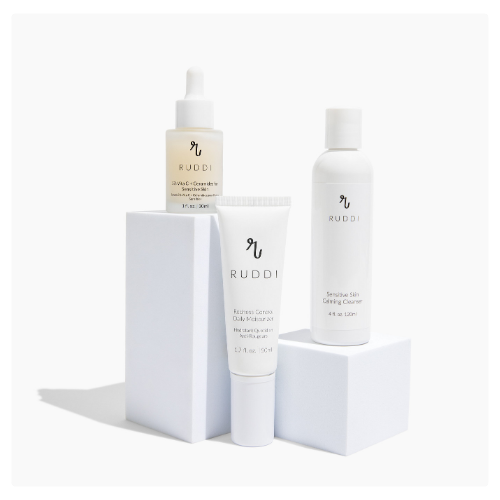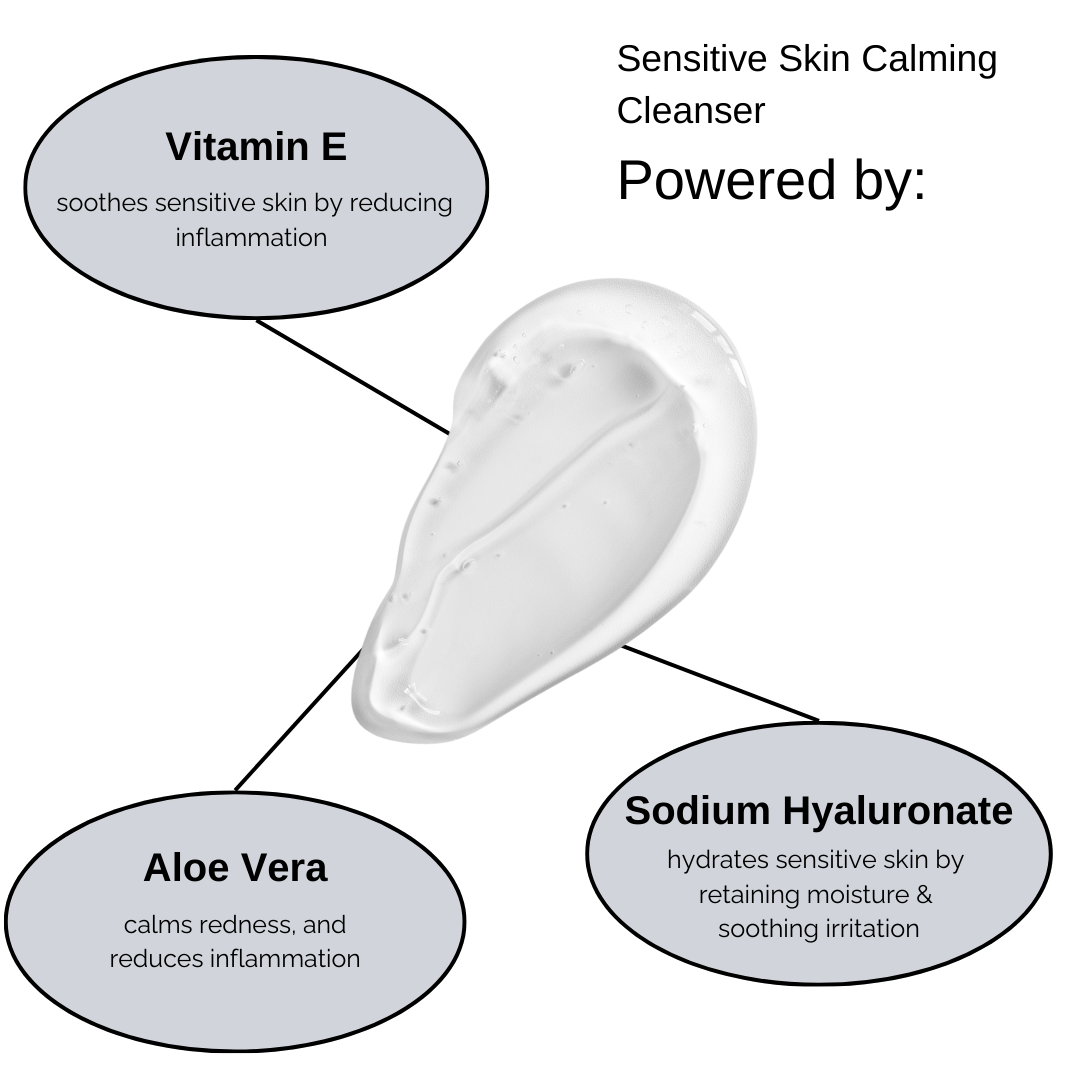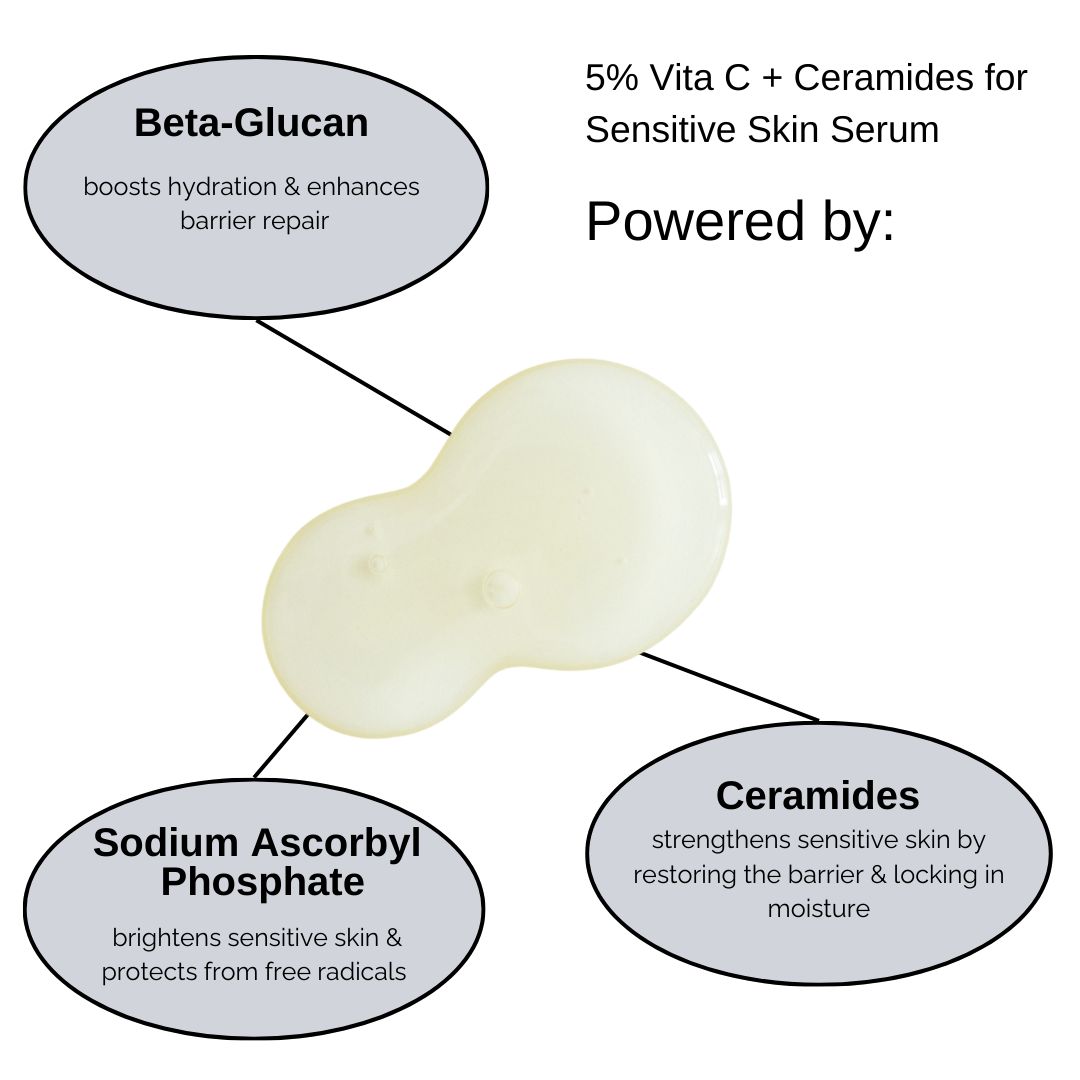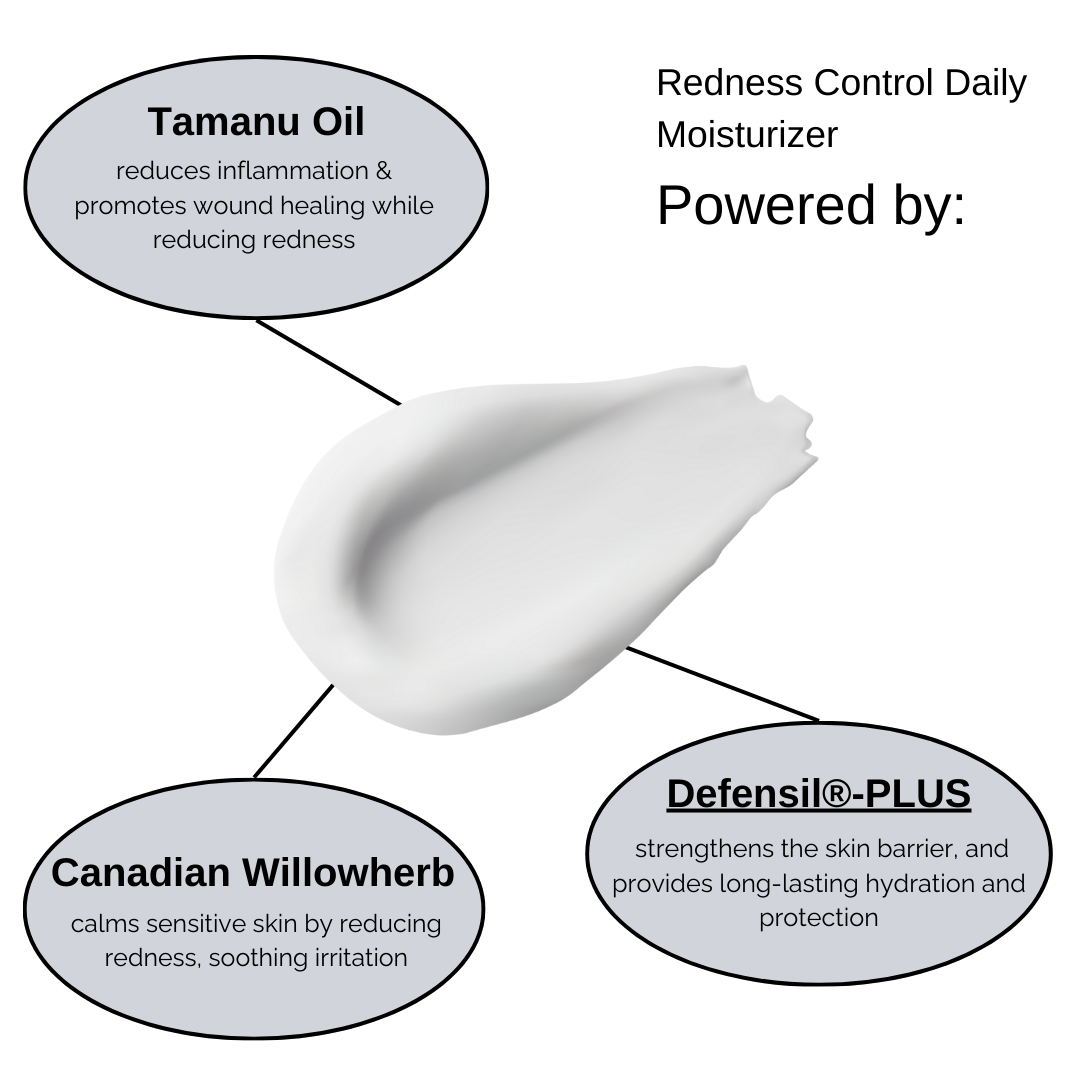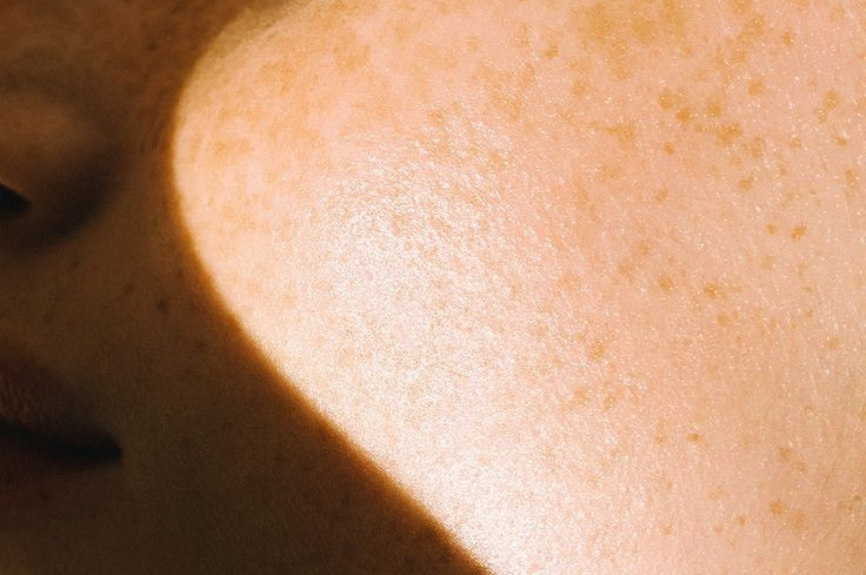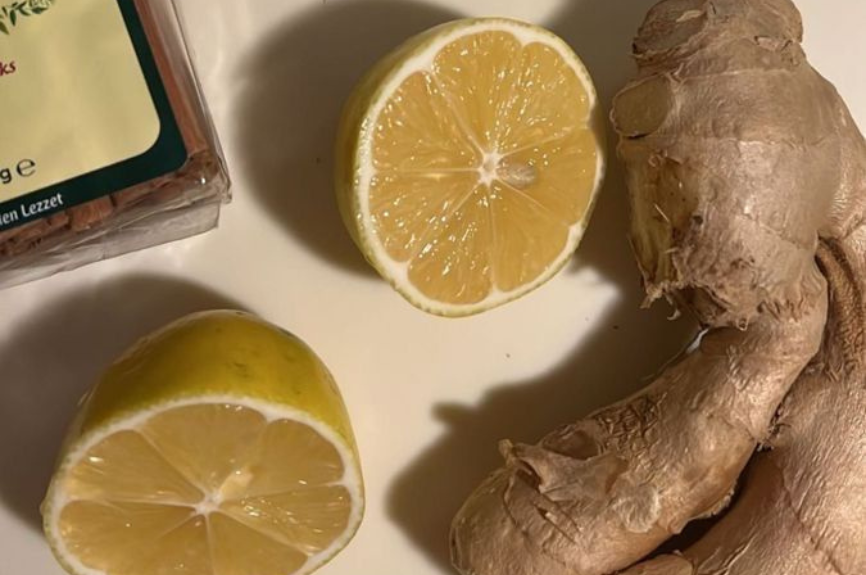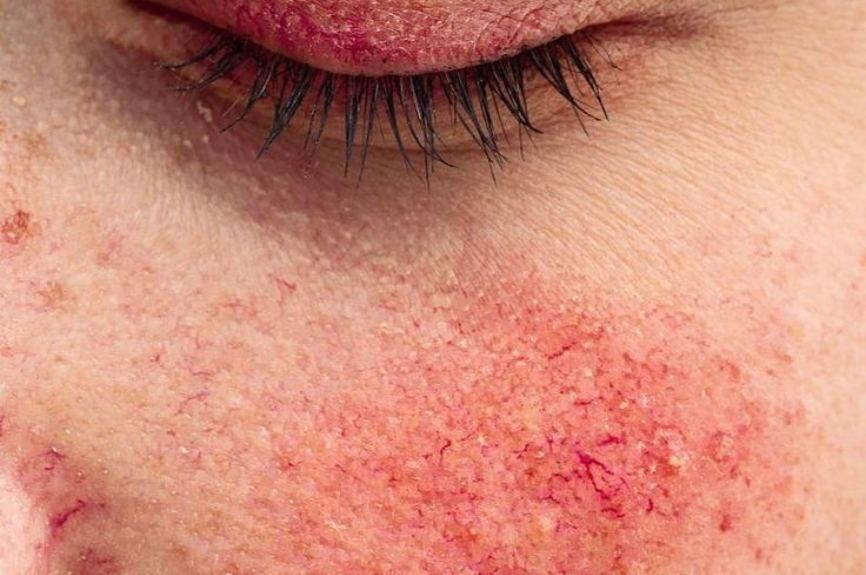
A Deeper Dive: The 4 Rosacea Subtypes — Causes, Triggers & Why They Develop
Rosacea is a complex skin condition influenced by genetics, immune system responses, environmental triggers, and skin barrier health. While all four subtypes share common inflammatory roots, the way they show up on the skin is different. Here's a detailed look at what happens underneath the skin in each subtype and why certain people may develop one form over another.
1. Erythematotelangiectatic Rosacea (ETR) — Persistent Redness & Visible Blood Vessels
What Happens:
In ETR, there is an overactivation of the skin’s blood vessels (vascular dysregulation). The small capillaries under the skin dilate too easily and stay dilated, leading to persistent redness and visible veins (telangiectasia). Additionally, the skin’s natural barrier function is weakened, making it more reactive to environmental triggers.
What Causes It:
-
Genetics: A family history of rosacea or fair, sensitive skin increases risk.
-
Vascular hyper-reactivity: Some people naturally have more reactive blood vessels that dilate quickly.
-
Environmental triggers: Sun exposure, spicy food, alcohol, heat, stress.
-
Barrier damage: Overuse of harsh skincare, exfoliants, or environmental exposure can damage the skin barrier and worsen symptoms.
Why Some Develop It:
People with thin, fair, or sensitive skin are more prone to ETR because their blood vessels are closer to the surface and more reactive. It's also often the first stage of rosacea, and if untreated, can progress into other subtypes.
Treatment Options:
✅ Gentle skincare routines to reduce irritation
✅ Topical anti-inflammatory treatments (e.g., metronidazole, azelaic acid)
✅ Laser therapy or IPL to reduce visible blood vessels
✅ Lifestyle changes — avoiding common rosacea triggers (alcohol, spicy food, sun exposure)
2. Papulopustular Rosacea — Breakouts & Inflammation
What Happens:
This subtype involves chronic inflammation in the skin, leading to papules (red bumps) and pustules (pus-filled pimples). Unlike acne, it’s not caused by clogged pores or bacteria but by an overactive immune response and increased presence of Demodex mites (microscopic mites that naturally live on the skin but can overpopulate in rosacea patients).
What Causes It:
-
Exaggerated immune response: The skin’s immune system is hyper-reactive, triggering inflammatory pathways.
-
Demodex mites: Increased mite activity and their by-products can trigger inflammation and breakouts.
-
Barrier dysfunction: Impaired skin barrier increases susceptibility to inflammation.
-
Triggers: Heat, alcohol, stress, harsh skincare products, spicy food.
Why Some Develop It:
This subtype is more common in people whose rosacea is driven by inflammatory pathways rather than just vascular reactivity. If ETR isn’t managed early, some people progress to this stage, especially if they experience flare-ups, high stress, or poor barrier health.
✅ Topical treatments like azelaic acid, ivermectin, or metronidazole
✅ Oral antibiotics (e.g., doxycycline) for more severe cases
✅ Non-comedogenic skincare products
✅ Anti-inflammatory creams to reduce swelling
3. Phymatous Rosacea — Thickened, Bumpy Skin
What Happens:
Phymatous rosacea is marked by an overgrowth of skin tissue and enlarged sebaceous (oil) glands, leading to thickened, uneven, and bumpy skin texture—most commonly around the nose (rhinophyma). It is considered a late-stage form of rosacea and is more common in men.
What Causes It:
-
Chronic inflammation: Long-term untreated rosacea leads to thickened skin tissue.
-
Sebaceous gland enlargement: Ongoing inflammation causes these glands to grow.
-
Genetic factors: A strong hereditary component seems to be involved.
-
Delayed or no treatment: Early management of rosacea reduces the risk of developing this subtype.
Why Some Develop It:
Men with fair skin are disproportionately affected, possibly due to hormonal influences and a higher density of sebaceous glands. It usually develops after years of living with untreated rosacea.
Treatment Options:
✅ Oral medications to reduce inflammation
✅ Laser therapy or dermabrasion to smooth the skin
✅ In advanced cases, surgical intervention may be required to remove excess tissue
✅ Early treatment of rosacea may help prevent progression to this subtype
4. Ocular Rosacea — Eye Irritation & Dryness
What Happens:
Ocular rosacea affects the eyes and eyelids, leading to inflammation of the oil glands in the eyelids (Meibomian glands) and dryness of the eyes. The same inflammatory pathways that affect facial skin also trigger irritation in the eyes.
What Causes It:
-
Skin inflammation spreading to the eyes: Chronic rosacea can extend to ocular tissue.
-
Bacterial overgrowth & Demodex mites: May play a role in eyelid inflammation.
-
Dry eye conditions: Can worsen ocular rosacea symptoms.
-
Genetic predisposition & immune dysfunction
Why Some Develop It:
Some people experience ocular rosacea without any skin symptoms—suggesting a genetic or immune component. If you often have red, irritated, or dry eyes without a clear cause, it could be an early sign of rosacea.
Treatment Options:
✅ Good eyelid hygiene – gentle cleansing of the eyelids
✅ Artificial tears to relieve dryness
✅ Oral antibiotics (e.g., doxycycline) to reduce inflammation
✅ Warm compresses to soothe irritation
✅ Consultation with an eye specialist for proper diagnosis and care
🚩 Why Do Some People Develop One Subtype Over Another?
There is no exact formula, but it largely depends on:
-
Genetics & Skin Type
-
Severity and duration of untreated rosacea
-
Triggers & lifestyle factors
-
Immune system reactivity & inflammatory response
-
Presence of skin barrier damage
Some people may experience multiple subtypes at the same time (e.g., redness with bumps), and over time, untreated rosacea can progress from one subtype to another.
The Bottom Line:
Identifying which subtype(s) of rosacea you have is key to managing it effectively. Early, targeted treatment combined with skin barrier repair and trigger management can help keep symptoms under control and prevent progression.

